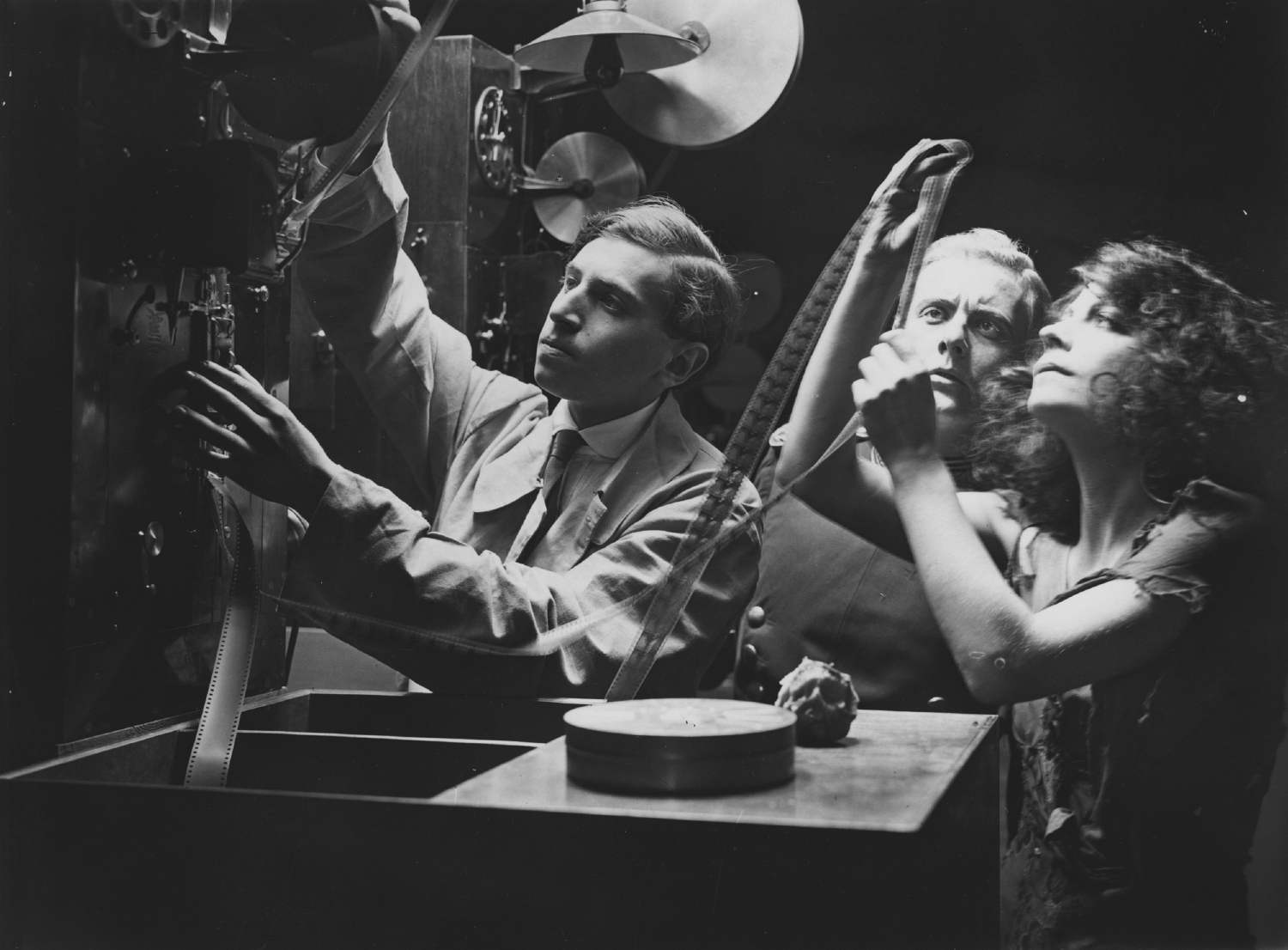
06 Eyl WOMEN PIONEERS IN CINEMA: ASTA NIELSEN
Asta Nielsen was the greatest actress of the silent film era. She was hugely famous too, one of the first international film stars. Audiences around the adored her as an icon of glamour, modernity, sophistication, culture and androgyny. But it is very easy to say these things. To share the glories of Asta Nielsen’s groundbreaking career on film, we have to show the films that made her a star, and the films that she made because she was a star, the most wonderful of them all.
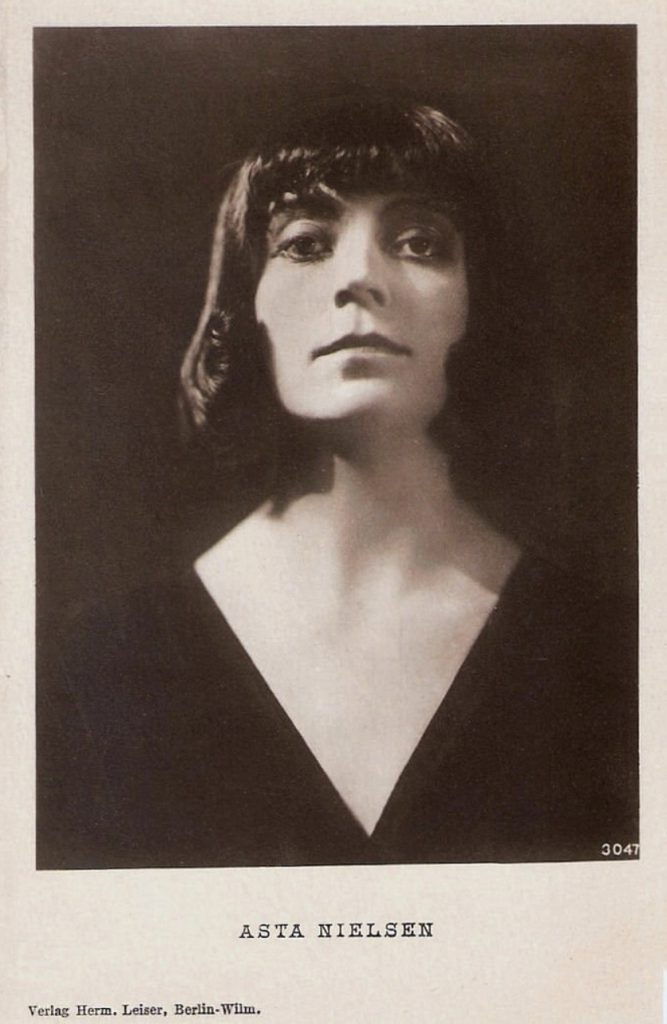
Bir Alman kartpostalında Asta Nielsen.
Nielsen was born in a working-class district of Copenhagen in 1881. She grew up in serious poverty, but she dreamed of a life on the stage. She had a child when she was very young, but refused to marry the father – she dreamed of a different life. She found work as an actress, but the Danish stage could not offer her the opportunities she craved, so when a friend suggested that they make a film together, to show the theatre world the scale of their talent, Nielsen jumped at the chance.
Her friend was Urban Gad, writer-director of Afgrunden/The Abyss, Nielsen’s incendiary debut, which launched her film career when she was 29 years old. He was her first collaborator in the cinema and he would become her first husband too. We are showing this emotionally intense drama, in which Nielsen performs her notoriously sensual Gaucho dance, to show the impact she made in her first film. Nielsen has a reserve of untapped talent, a lack of inhibitions and an instant connection with the camera’s gaze. She could evoke emotion on film like no one else. Walking through the film studio as Asta shot this film’s heartrending finale, the Danish director Benjamin Christensen is said to have paused to watch her perform and say: “Now, cinema is an art.” Nielsen began her mission to invent modern screen acting with this raw portrayal of a woman caught between duty and desire.

Den sorte Drøm (The Black Dream), 1911. Photograph: DFI Det Danske Filminstitut
We are pairing Afgrunden with another of her first Danish films, the melodrama The Black Dream, which shows how Nielsen so immediately cultivated a mesmerising performance style, a distinctly glamorous aesthetic and a mastery of melodrama. Here she plays a circus performer courted by two suitors, one young and handsome, one old, rich and terribly jealous. Asta’s character goes to extreme lengths to save the man she truly loves.

Zapatas Bande (Zapata’s Gang), 1913/14. Photograph: Friedrich-Wilhelm-Murnau-Stiftung
There was a mischievous side to Nielsen too, so we are showing a couple of the subversive, though very popular, cross-dressing comedies that she made after moving to Germany, where she made most of her films. In Zapatas Bande (1913/4) she, as she often did, played an actress – this time on a location shoot in Italy. When bandits steal the cast’s costumes, Asta is forced to improvise and she makes such a convincing robber king that she gains a female admirer.
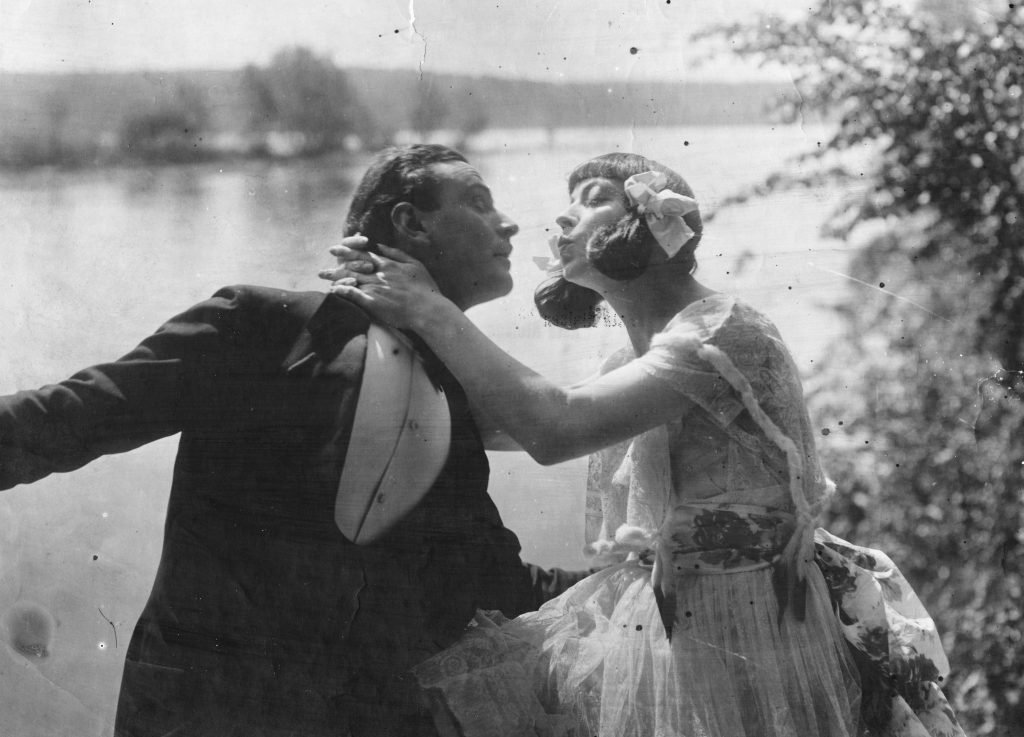
Das Liebes ABC (The ABC of Love), 1916. Fotoğraf: DFI Det Danske Filminstitut
In The ABC of Love (1916), she plays a young woman so dismayed by her unmanly beau that she dons male drag, a very handsome dress suit in fact, to show him how a gentleman lover should behave, with unruly consequences. Many actresses in Weimar cinema played with cross-dressing; Nielsen, with her puckish energy and slim, striking physique, was one of the most successful.
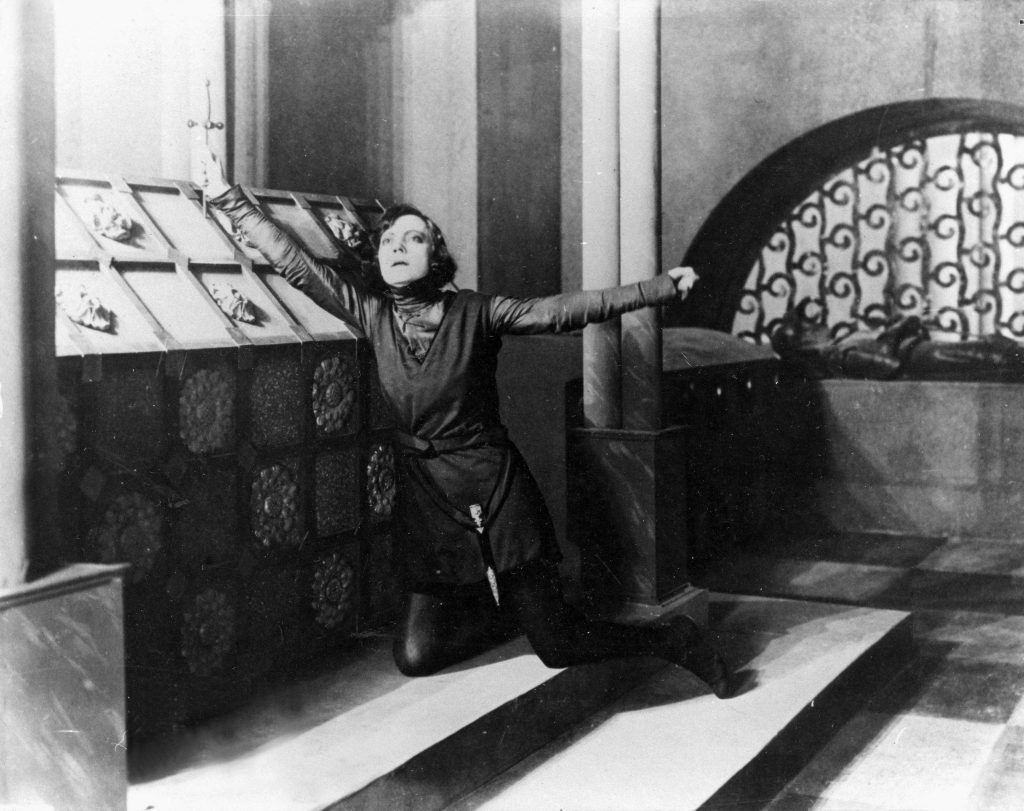
Hamlet, 1921. Fotoğraf: DFF Deutsches Filminstitut & Filmmuseum e.V.
Nielsen’s boyish side found its fullest dramatic expression in her masterpiece, a lavish, feature-length adaptation of Hamlet. Playing Shakespeare without the dialogue is not the greatest liberty that this film takes with the original text. Nielsen plays the Danish prince as a princess, who has been concealing her true gender her entire life to maintain the line of succession. In this version, Hamlet has a special reason to feel isolated within the Danish court, and her relationships with Ophelia and Horatio, in particular, are complicated by her secret. You’ll never look at the Nielsen’s performance is magnificent. She cuts an iconic figure in black leggings and a cloak as the young heir(ess): Close-Up magazine decribed her appearance as “a white passion flower on a black stalk”. Nielsen appears born to play this part. She offers a moving portrayal of grief that befits the tragedy as well as leaning on her comic talents for the play’s manic scenes.
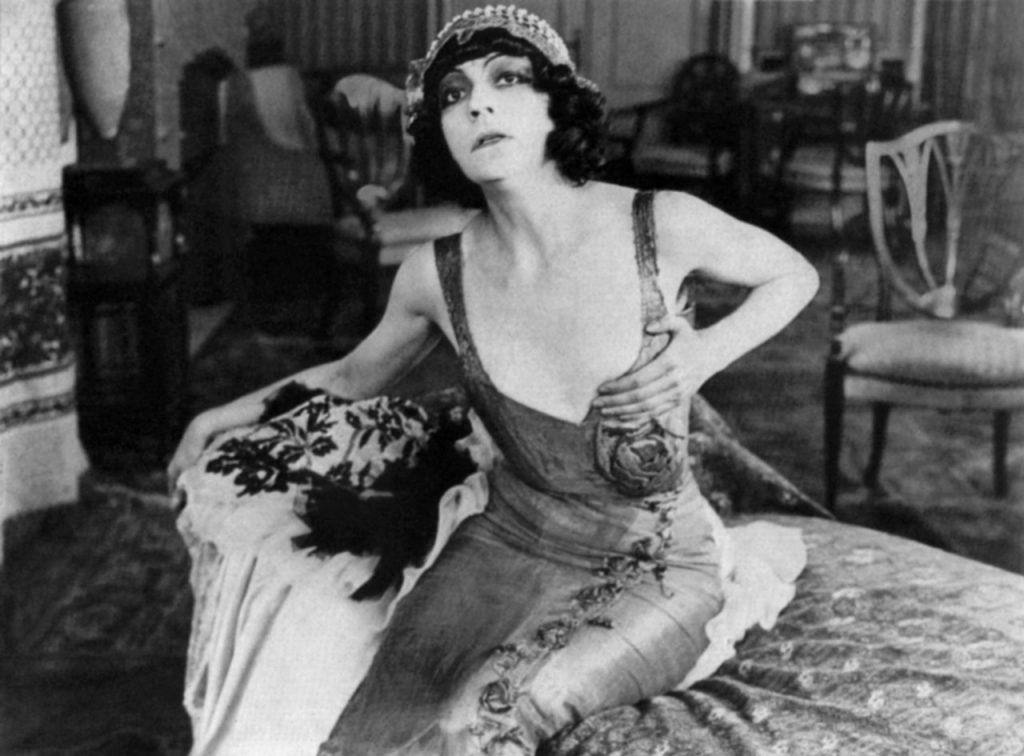
Die Film-Primadonna (The Film Primadonna), 1913. Fotoğraf: Eye Filmmuseum
To conclude our month with the woman that German audiences in the 1920s embraced as “Die Asta”, a very special double-bill. In a fragment of a film from 1913, The Film Primadonna, we see Nielsen playing a fictionalised version of herself: the great star, producer and lover.

Der Absturz (The Decline), 1923. Fotoğraf: DFI Det Danske Filminstitut
Then in a feature film from 1922, one of Nielsen’s best, but still rarely screened films, we see Nielsen playing a great and glamorous star who destroys herself for love. In later years Nielsen rejected the glamour of her early years and appeared on screen as an older woman, vulnerable, not hiding behind an expensive wardrobe and heavy makeup. In scenes such as the tragic climax of Der Absturz she reminds us of the immense, and undeniable talent that created her stardom. In this film she embodies both movie star and actress, lover and tragedienne, and she reverses the impossible rags-to-riches trajectory of her own life. It is one of the most powerful performances of her career.
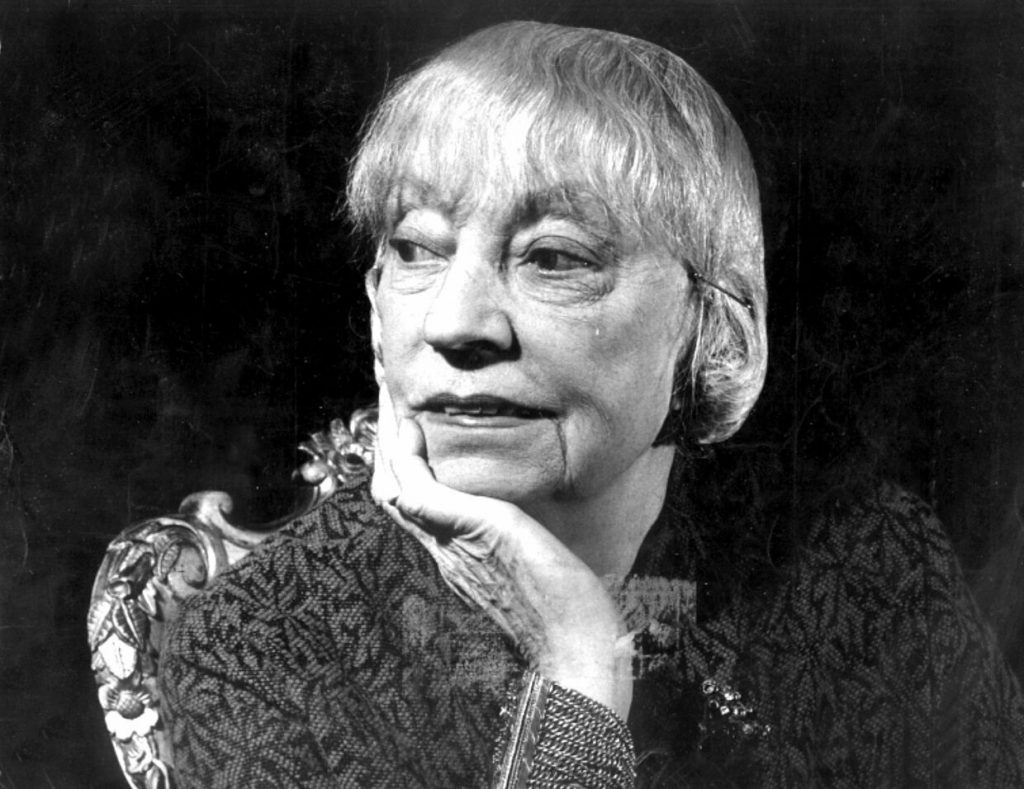
Asta Nielsen, 1966. Fotoğraf: Tage Nielsen-Scanpix
How else can we describe the magic of Die Asta, except by showing her films? Words alone cannot do it. For Hungarian critic Béla Belász, Nielsen’s film performances spoke an entirely new language: “Only when advances in cinematography enable us to assemble our first gesture lexicon will we be in a position to gauge the extent of Asta Nielsen’s thesaurus of gestures.” I hope you can join us to learn your ABC of Asta Nielsen.
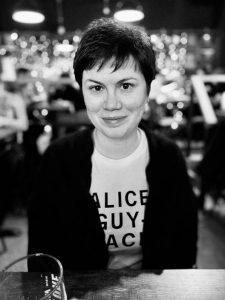 Pamela Hutchinson: She is a freelance critic, curator and film historian, based on the south coast of England. She writes for Sight and Sound, Criterion, Indicator, the Guardian and Empire and she regularly appears on BBC radio. Her publications include BFI Film Classics on The Red Shoes (forthcoming) and Pandora’s Box, as well as essays in several edited collections, mostly on silent film. She has curated film seasons including Marlene Dietrich: Falling in Love Again and In the Eyes of a Silent Star: The Films of Asta Nielsen for the BFI Southbank and the nationwide touring programme Pre-Code Hollywood: Rules are Made to be Broken, with Christina Newland. She also edits Sight and Sound’s Weekly Film Bulletin and her website SilentLondon.co.uk is devoted to silent cinema.
Pamela Hutchinson: She is a freelance critic, curator and film historian, based on the south coast of England. She writes for Sight and Sound, Criterion, Indicator, the Guardian and Empire and she regularly appears on BBC radio. Her publications include BFI Film Classics on The Red Shoes (forthcoming) and Pandora’s Box, as well as essays in several edited collections, mostly on silent film. She has curated film seasons including Marlene Dietrich: Falling in Love Again and In the Eyes of a Silent Star: The Films of Asta Nielsen for the BFI Southbank and the nationwide touring programme Pre-Code Hollywood: Rules are Made to be Broken, with Christina Newland. She also edits Sight and Sound’s Weekly Film Bulletin and her website SilentLondon.co.uk is devoted to silent cinema.


